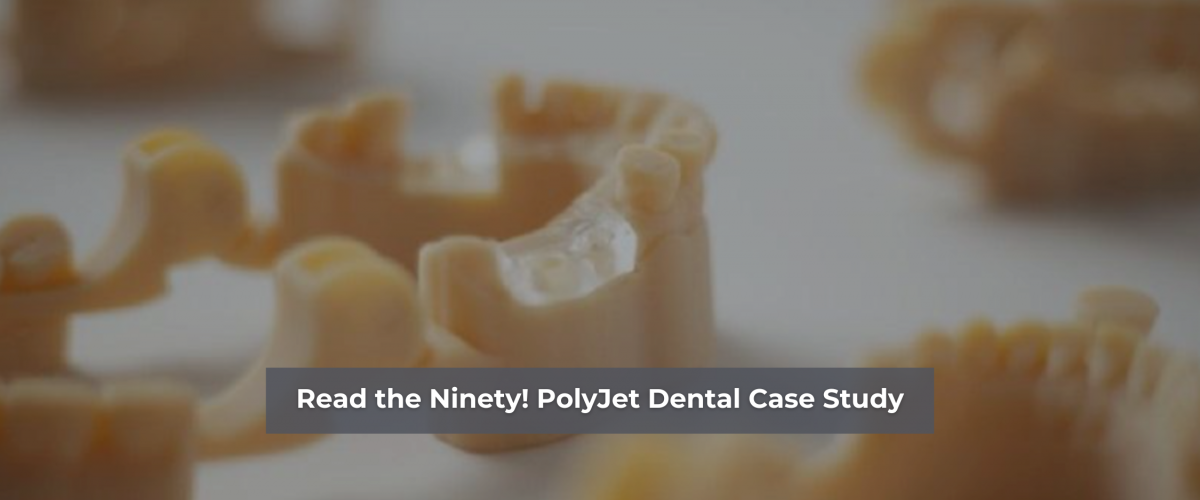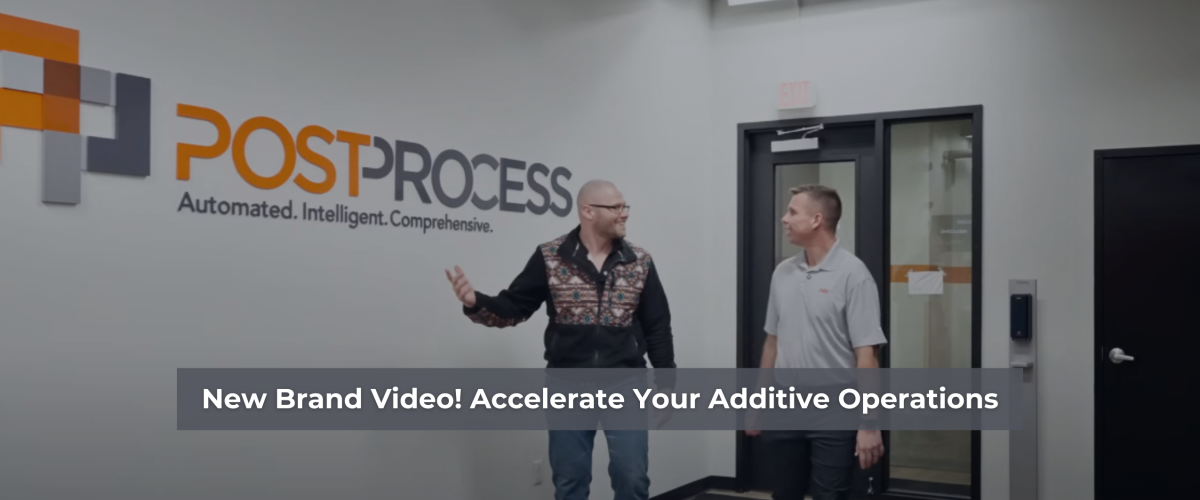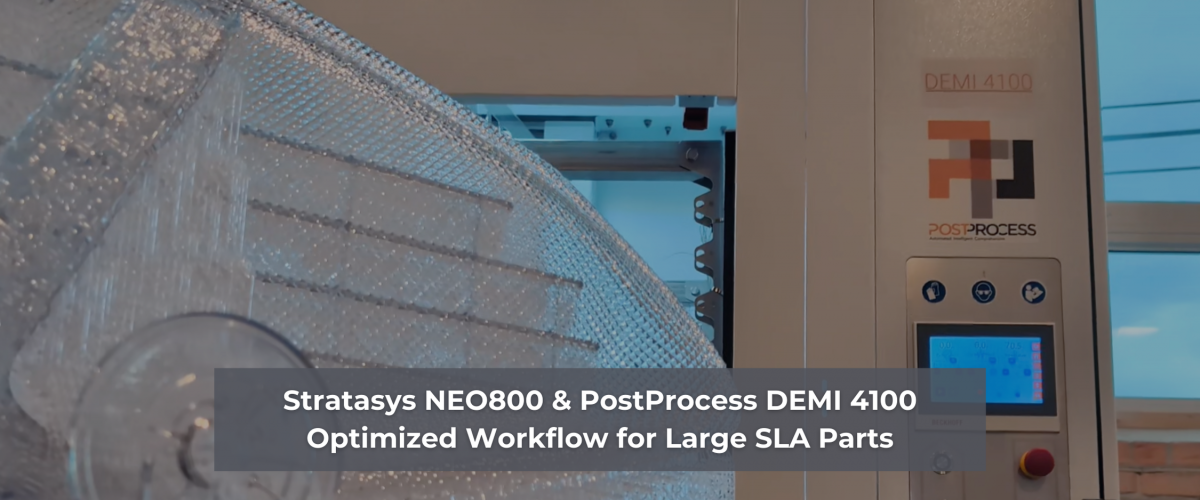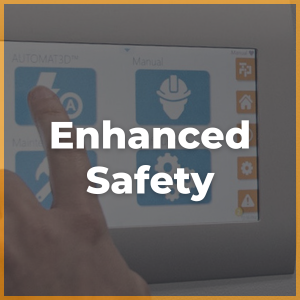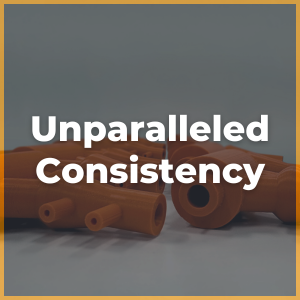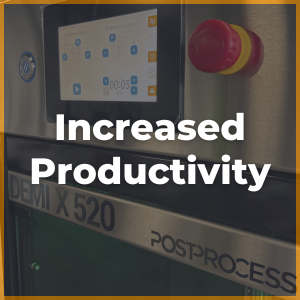The Leaders in Post-Processing for 3D Printed Parts.
Your 3D printed parts aren’t “Customer Ready” when they come off your printer.
Parts coming off 3D printers require support, resin or powder removal, depowdering, surface finishing, or both.
This is where we come in.
OUR APPROACH:
PostProcess Technologies was created to automate the third step of additive manufacturing that is often tedious and labor-intensive.
We’ve created comprehensive technology solutions that enable customer-ready 3D printed parts at scale.
Over the past several years, we’ve become a leader in automated post-printing for support removal, resin cleaning, surface finishing, and powder removal. Our trusted solutions deliver unparalleled results and reduce time-to-market for 3D printed parts.
EXPERIENCE THE BENEFITS:
3D PRINTER COMPATIBILITY:


